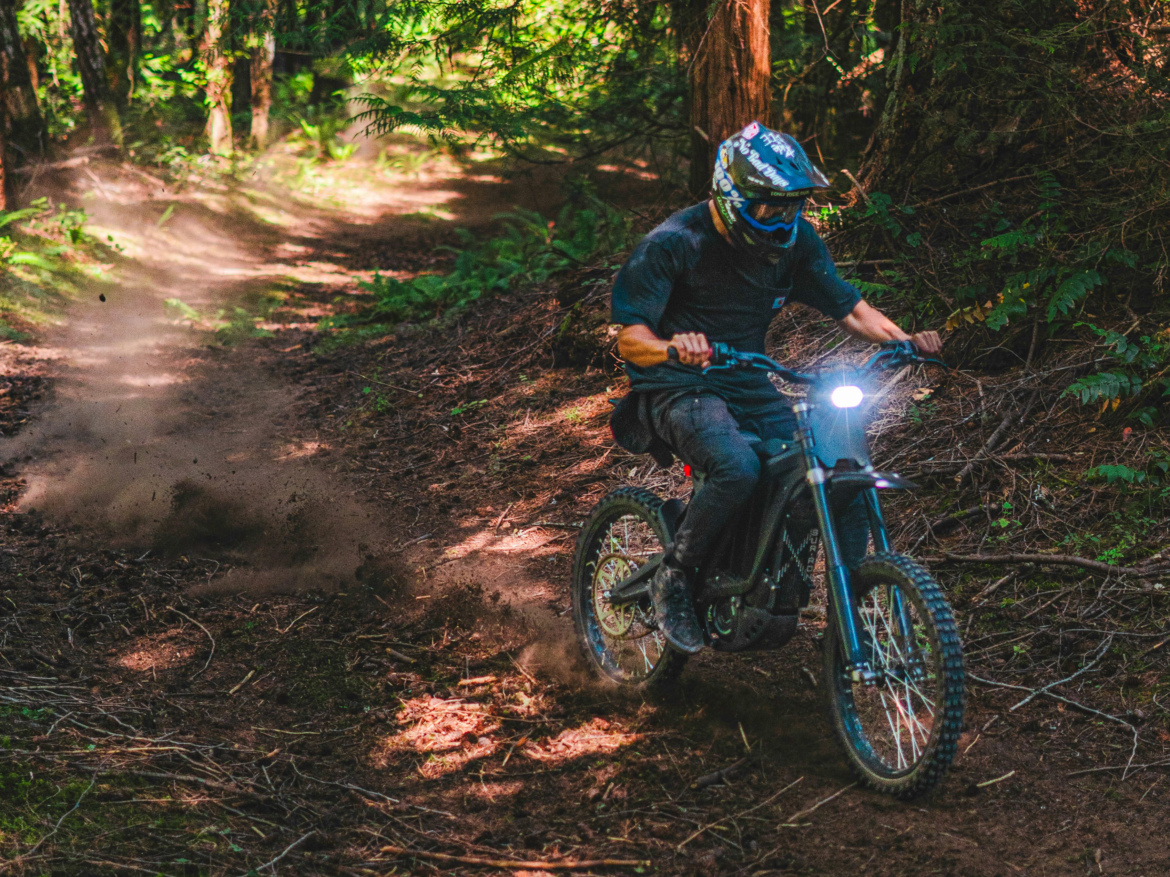
Get caught misusing an “e-bike” in Montgomery County, Pennsylvania, and it’ll cost you $300. Earlier this summer, the county tripled its fine for misusing an e-bike on trails and other county property — up from $100.
According to Montgomery County, “misuse” can mean riding the wrong machine. The county states that while riding e-bikes isn’t completely prohibited, the e-bike must “weigh no more than 100 pounds, shall be equipped with a motor no more than 750 watts, and shall be equipped with fully functional, operational pedals.”
It seems like Montgomery County has an issue with e-motos, not e-bikes.
A growing problem around the country
Across the USA, cities, towns, and counties are starting to address the growing issue of “e-bikes” being ridden illegally in their communities. Similar to Montgomery County, Bend, OR, is also cracking down on its “e-bike” problem. A local news story from Bend was published this August, with local police warning that riders should expect a ticket if they’re caught riding one of these bikes on non-motorized mountain bike trails.
But the Bend news story also makes a distinction: “Officers say many people believe they’re riding an e-bike, but in reality, some of the most popular models on the market are actually electric motorcycles — and those are not legal on Oregon roadways,” KTVZ News reported.
Note that while high-powered e-motos are not allowed on non-motorized singletrack trails, they are allowed on existing moto-legal singletrack trails, which dirt bikes currently utilize.
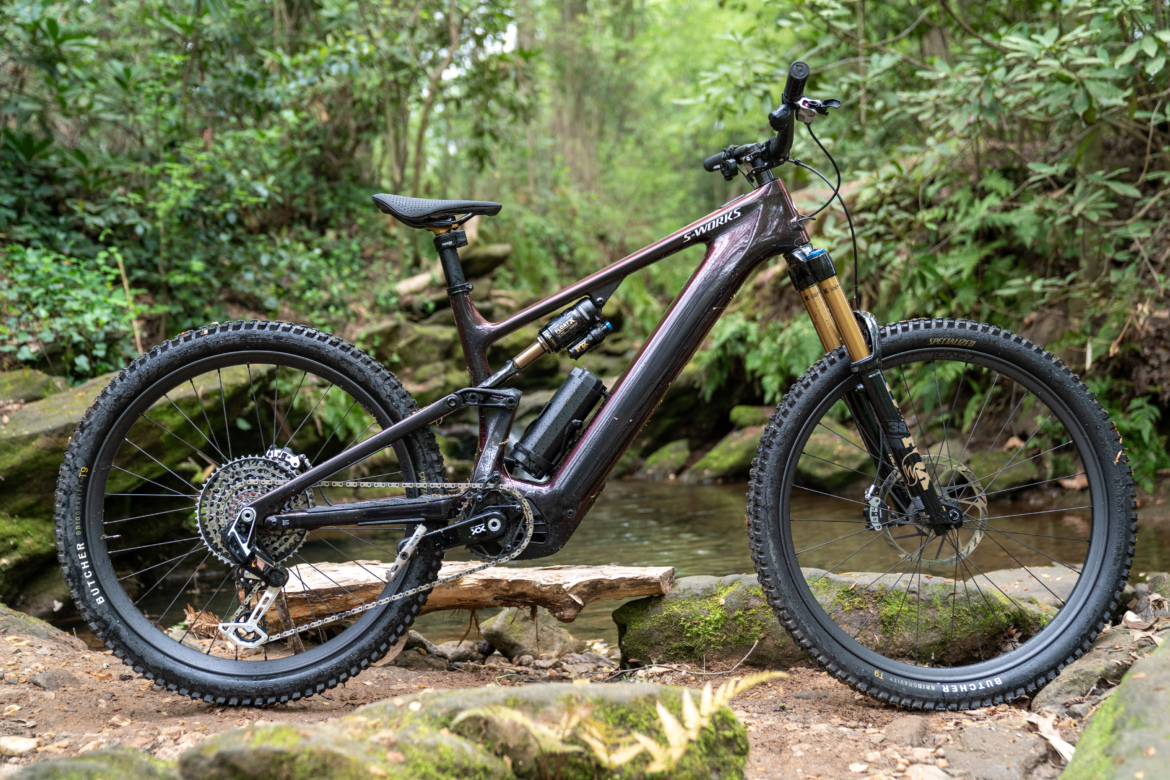
The 3-class e-bike system
Bend’s situation mirrors Montgomery County’s. These “e-bikes” are likely not the same eMTBs that have taken the mountain bike world by storm, and don’t fit into the three classes used to categorize e-bikes.
In the mountain bike world, typically when we refer to something as an “e-bike,” it fits into one of three categories. First is class 1, which is pedal-assist only, with motor assistance limited to 20mph. Class 2 still has motor assistance limited to 20mph, but is also equipped with a throttle. Lastly, Class 3 ditches the throttle but has motor assistance up to 28mph.
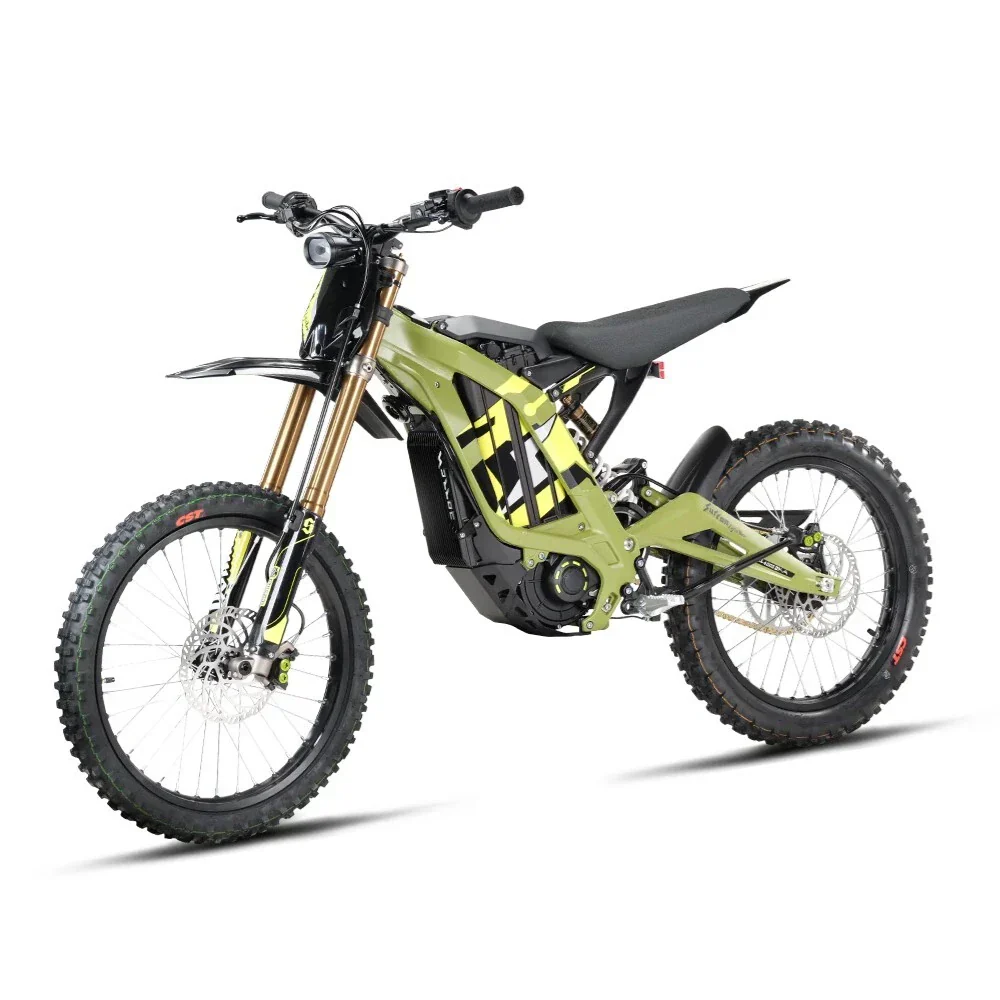
E-motos, not e-bikes
Instead of e-bikes, what police and local communities are encountering are “e-motos,” such as Sur-rons. These bikes are vastly different. Regardless of a 1, 2, or 3 classification, e-bikes have a power output capped at 750 watts, and a top speed of 28mph (20mph for class 1 and 2).
E-motos, such as the popular Sur-ron brand, make “e-bikes” that far exceed the 750-watt limit. The power output of a Sur-ron typically starts at 6,000 watts, with specific models reaching up to 20,000 watts. Yet, website branding calls the Sur-ron an “electric bike.”
The Segway Xyber can be found under the brand’s “E-Bike” tab on its website. This “e-bike” produces 6,000 watts, and while Segway’s website mentions that it is intended for off-road use, the imagery is heavily city-focused.
The term “e-bike” has been stretched too far, lumped into a catchall to describe two wheels and an electric motor. Places like Westlake Village, California, are banning “e-bikes” altogether from areas such as “sidewalks, parks, trails, fields, and even drainage basins.”
Westlake Village City Manager Rob de Geus explained that “e-bikes and e-motorcycles can reach speeds of over 40mph.” According to the established classification system California adheres to, a class 1, 2, or 3 e-bike does not reach 40mph.
Honest confusion?
This “confusion” is also seen at local mountain bike trail systems. Aaron Williams, Chief Ranger for Basin Recreation in Utah, has addressed the recurring e-moto issue on Summit County trails.
“From our experience engaging with the public on the trails, most trail users understand the difference between an e-moto and an e-bike,” Williams told us. “The bigger challenge seems to be with parents or new buyers who may not realize what they are actually buying.”
Alex Brieger, Trails Program Director for Central Oregon Trails Alliance (COTA), shared the sentiment. “Yes, e-motos and e-bikes in general cause confusion. Even just in e-bikes, people don’t really know the difference between the three classes,” he explained.
While Brieger and Williams agreed that the line between an e-moto and an e-bike can be blurry, they also believe there are clear distinctions. Williams mentioned the substantial power output and speed difference, and both men cited the lack of cranks and pedals on many of the e-motos they’re encountering.
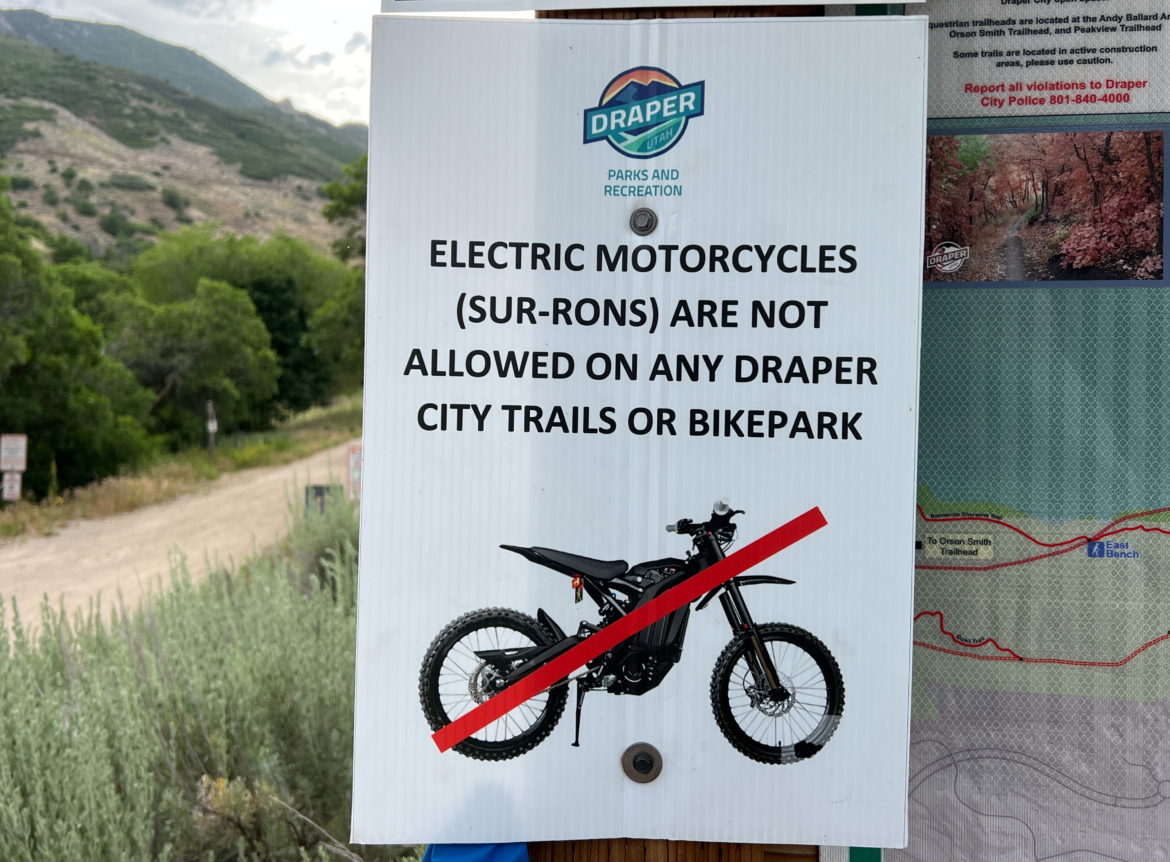
Trail damage: Power and torque take their toll
Ultimately, power output and torque are major issues, at least where trail building and maintenance are concerned. According to Williams, it has been noticed on the trails. “Because of the power the e-motos are capable of putting to the ground, they cause significant trail damage.”
The same sentiment is evident across multiple news articles about e-moto issues nationwide. Trails and parks are seeing significant damage from electric dirt bike riding, and often, class 1 e-bikes are wrongly lumped in.
Jason Tufty, President of Minnesota Off-Road Cyclists (MORC), told us that they are attempting to change the language surrounding the issue. MORC has also experienced problems with e-motos illegally riding on some of their trail systems. Tufty told us that they have tried to intentionally use the term “e-moto” rather than “e-bike,” especially for two-wheeled vehicles without pedals. He said that many of the incidents involved Sur-rons or similar e-motos.
“We have had situations where the local police just didn’t know the difference. That is improving now,” Tufty said.
Teenagers on the run: When ‘honest mistakes’ become felonies
While law enforcement often gives some grace to confused parents who purchased the e-motos, the riders themselves typically know exactly what they’re doing. In many cases, from news stories we looked at to conversations with trail organizations, the kids riding e-motos are well aware they’re in the wrong.
“In a couple of cases, we are aware of riders fleeing from deputies,” Williams told us. He explained that if the riders were found, their electric dirt bikes would be impounded, and felony evasion charges would be pursued.
Very often, these stories end with the riders fleeing law enforcement, which does not bode well for the “honest mistake” argument.
In most instances, the riders are teenagers. “Some parents may assume these machines are simply another category of e-bike, when in reality they are powerful motorcycles,” Williams said. “If parents were fully aware that they were putting a 13- or 14-year-old on a machine capable of highway speeds, it’s unlikely many would allow them to operate it on city roads or public trails.”
So, parents may not know, but the kids definitely seem to.
While parents may not be aware of what their kids are doing, recent legislation passed in both Commerce City and Aurora, CO, will make them liable anyway. The Aurora legislation imposed $250 fines on the parents of minors who unlawfully operate off-highway vehicles, such as e-motos, in the city.
Safety concerns trump trail damage
While Tufty and MORC certainly don’t want powerful e-motos tearing up their trails, they also see it as an urgent safety issue. Tufty said that the damage from e-motos poaching their trails has been relatively minimal. However, the potential for a significant collision is high.
“Our biggest concerns are about rider safety and potential collisions, especially in blind corners or during peak usage,” Tufty said.
If descending mountain bikers thought a 750W e-bike climbing too fast to safely stop was a concern, a nearly silent, 6,000W+ dirt bike barreling uphill changes the equation entirely.
What’s being done?
Neither COTA, MORC, nor Basin Recreation has the authority to “enforce” laws. Each organization we spoke with emphasized the importance of educating the public. If law enforcement is needed, the proper authorities would be contacted, and the situation would be handed over.
That seems to be the case with Summit County Basin Recreation. Williams told us that enforcement has been bumped up, especially in Park City. According to Williams, just the presence of extra enforcement deters many potential e-moto poachers, causing them to go elsewhere.
Along with intentionally using terms like “e-moto” for clarity and to stop the overusage of “e-bike,” Tufty said he and MORC are also trying to spread the word publicly. Tufty has conducted interviews with local media, and MORC has updated signage.
Brieger agreed that combating the issue with signage is a good approach, something COTA is currently doing. “At some point in the future, as the potential for e-bikes on National Forests becomes a possibility, there will be a push for more education on the differences,” Brieger added.
Not everyone believes these efforts go far enough. In a recent series of articles on the e-moto topic, People for Bikes places the blame squarely on the electric dirt bike manufacturers:
The E-moto problem is caused by E-moto manufacturers and sellers. The companies that make, import, and sell e-motos are attempting to skirt legal and safety requirements for motor vehicles in order to sell their products. Their intention is to deceive the public into believing their e-moto is an electric bicycle or “e-bike” that does not require a driver’s license to operate and may even be appropriate for children.
While intentionally deceiving the public may be a stretch, it does raise questions. Surely brands wouldn’t put profits above all else, right? And if Sur-ron stopped saying it was a “mid-drive electric bike that you can ride anywhere,” would as many moms be buying them for their 12-year-olds?
Some argue that the growing popularity of e-bikes has opened the door for more e-moto issues. And while there can be some confusion regarding the differences, it is pretty clear that at least the riders know their e-motos aren’t allowed on non-motorized trails.
Regardless of who is at fault, trail organizations, land managers, and local law enforcement agree that it is a growing issue. Trail damage — and more importantly, trail safety — are the glaring issues with e-motos on non-motorized singletrack.













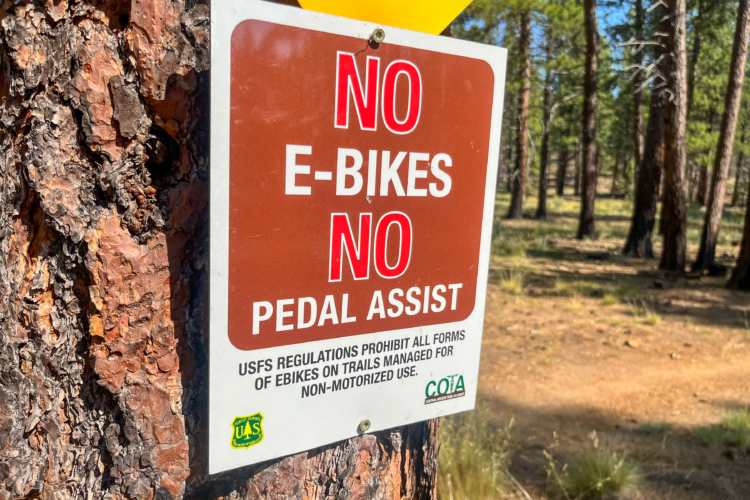


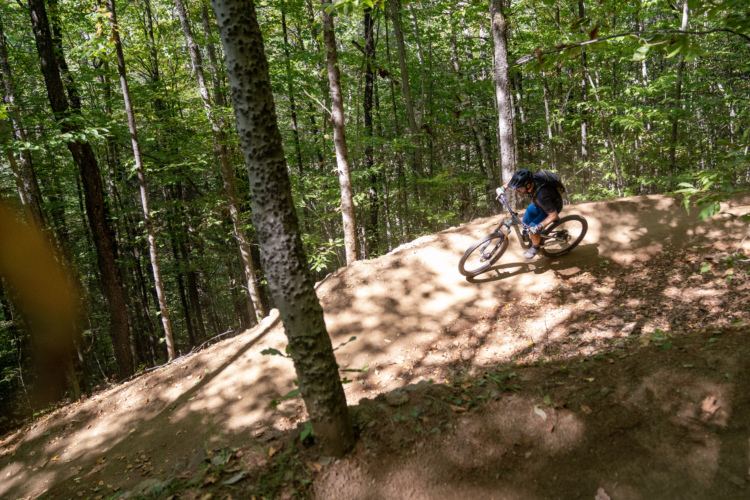

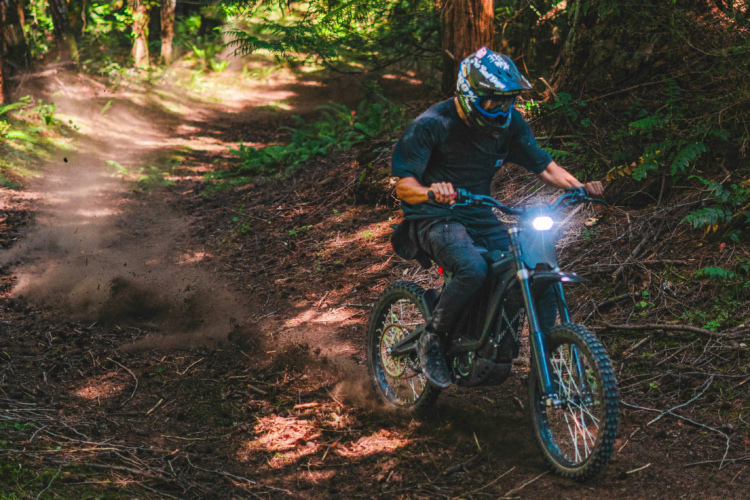
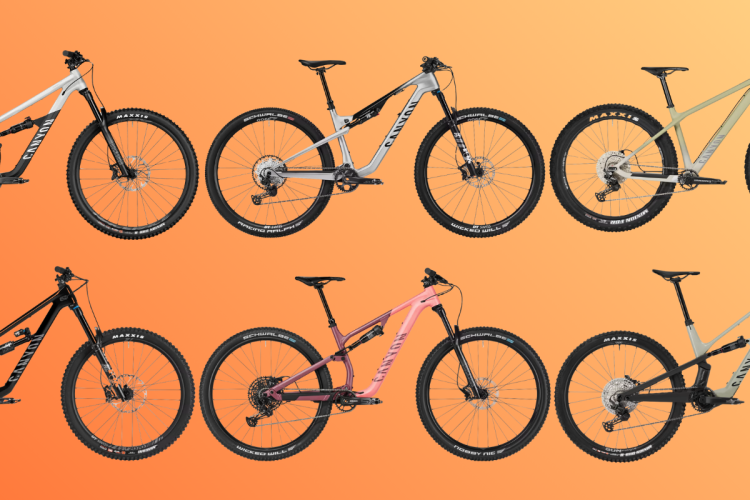

1 Comments
2 minutes ago